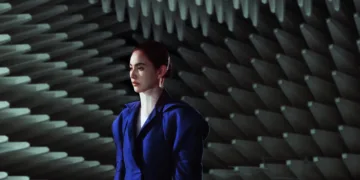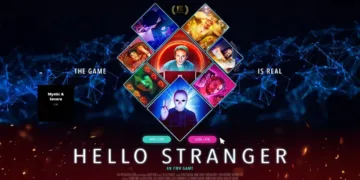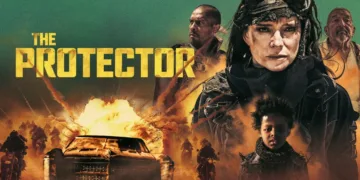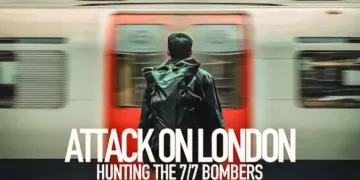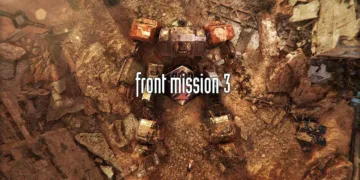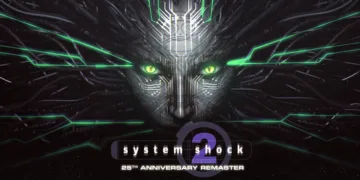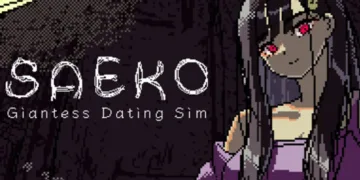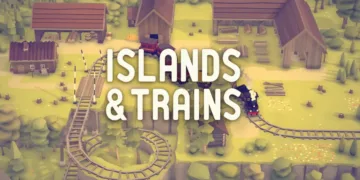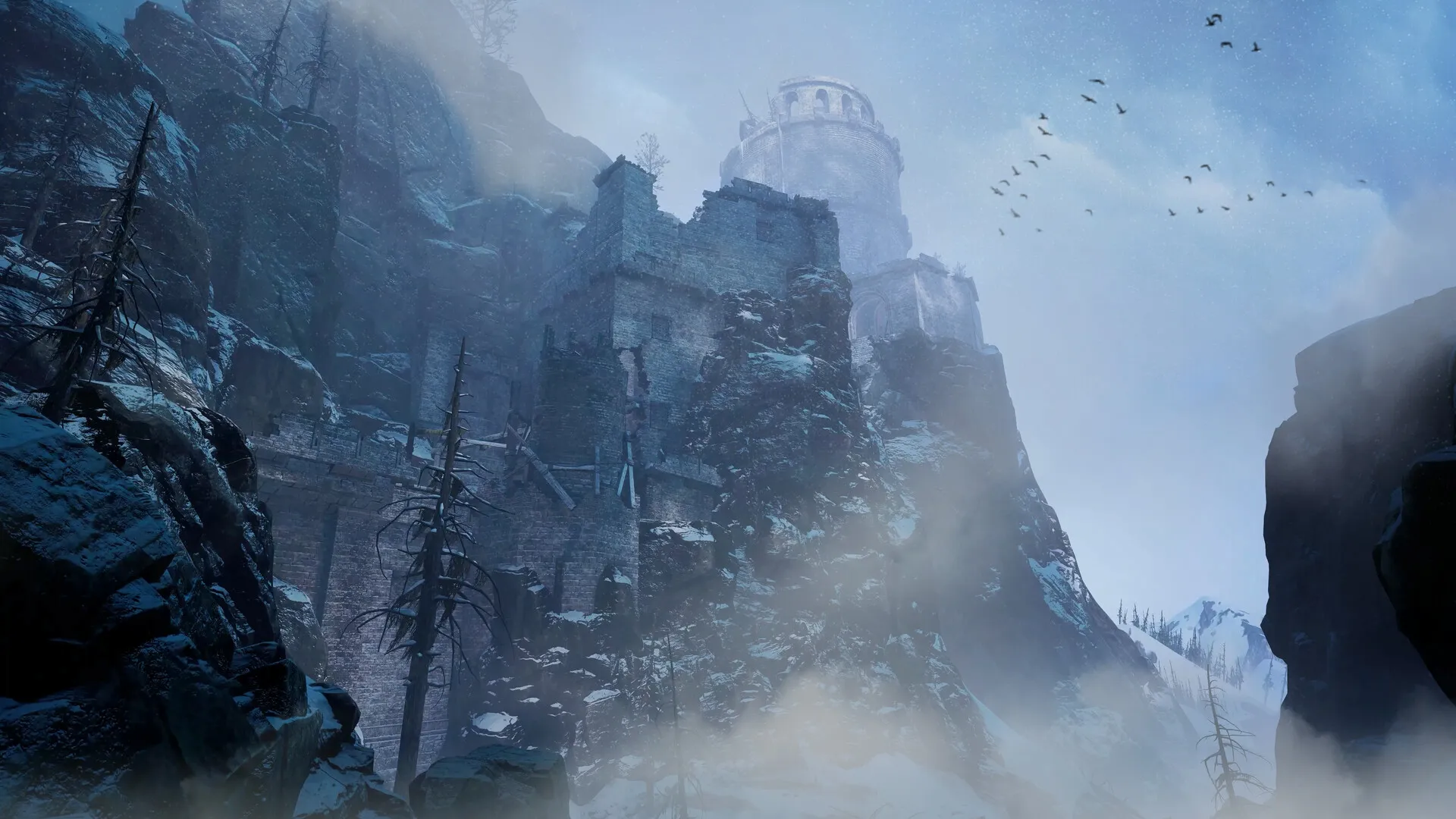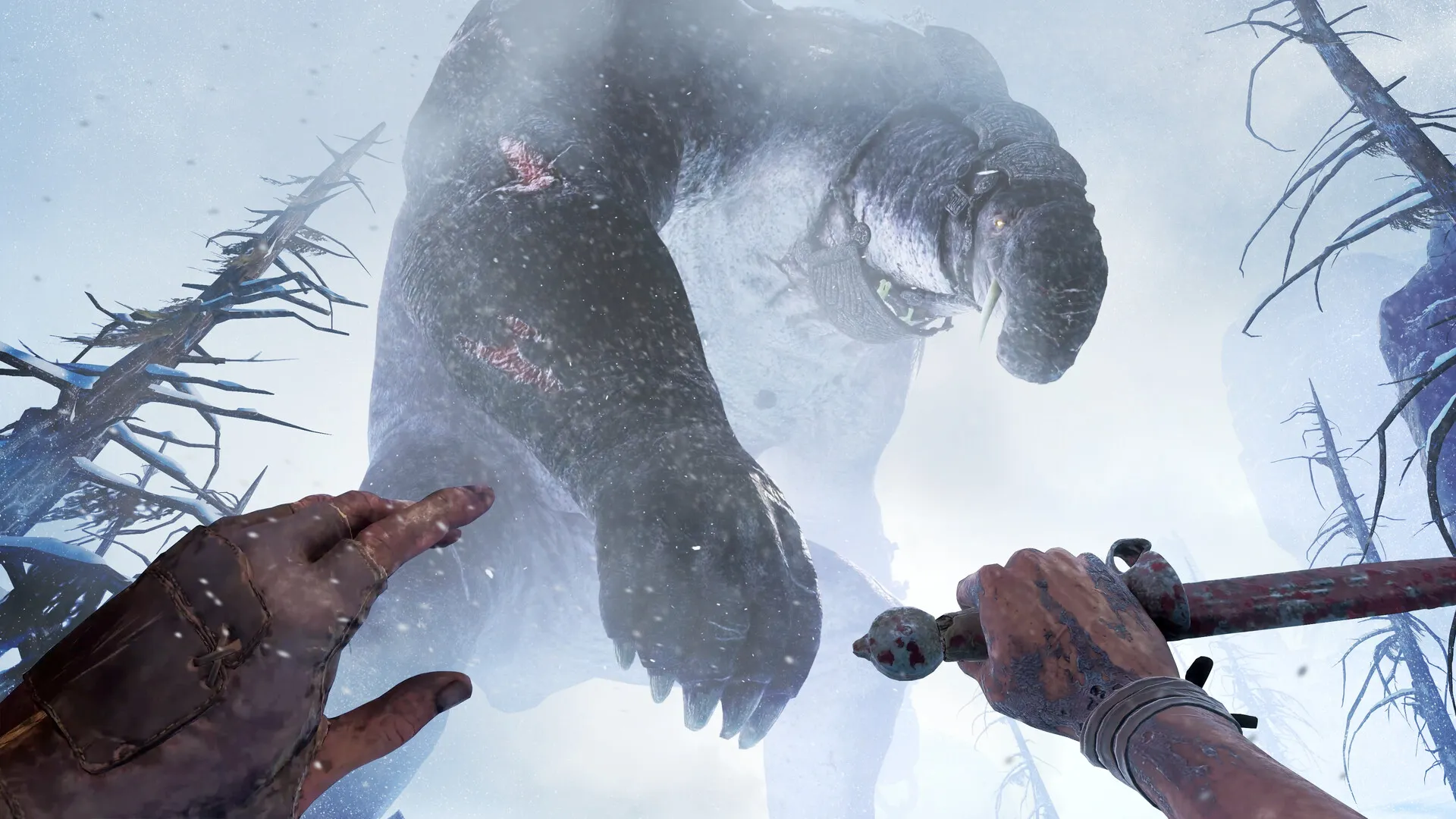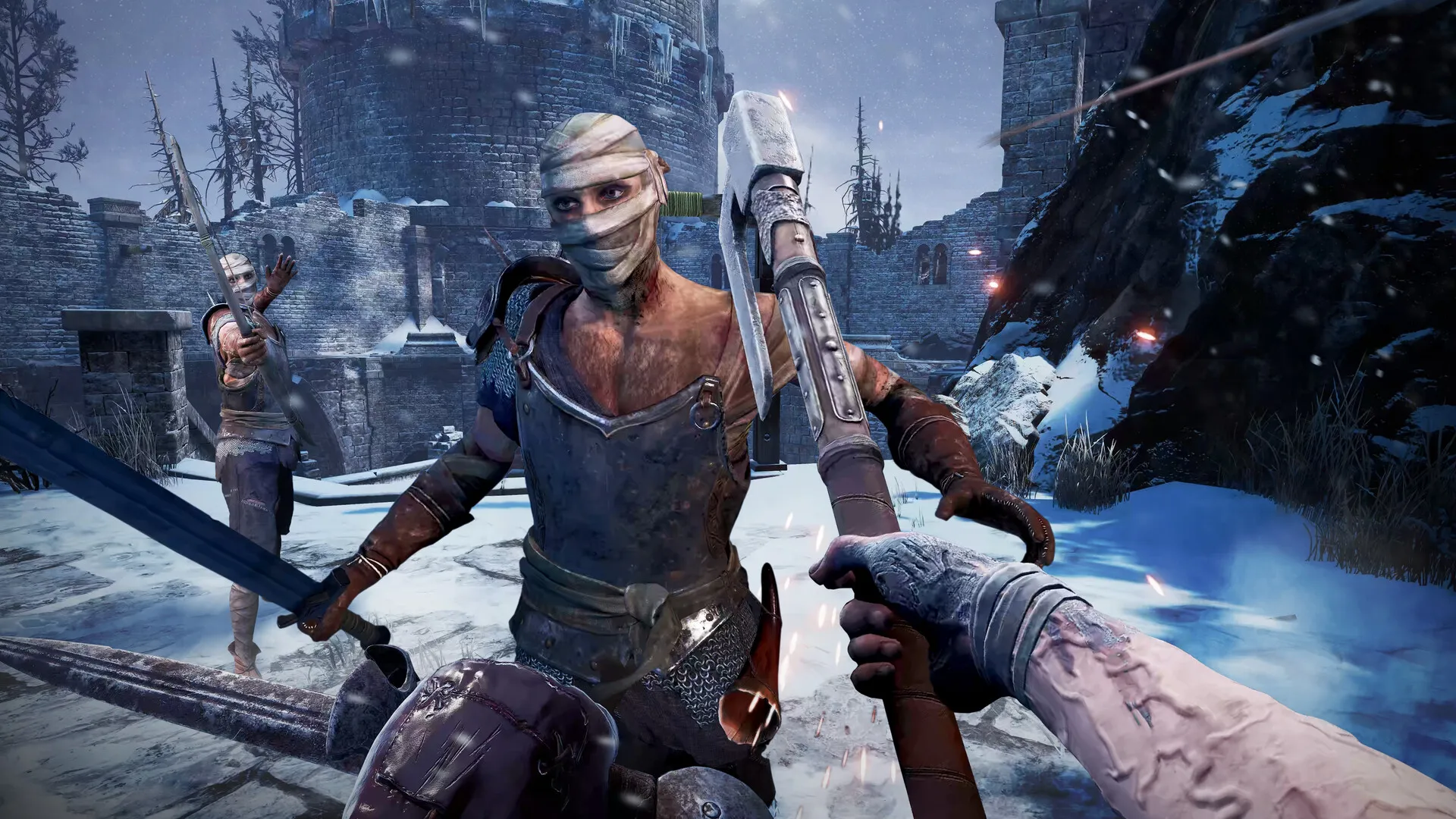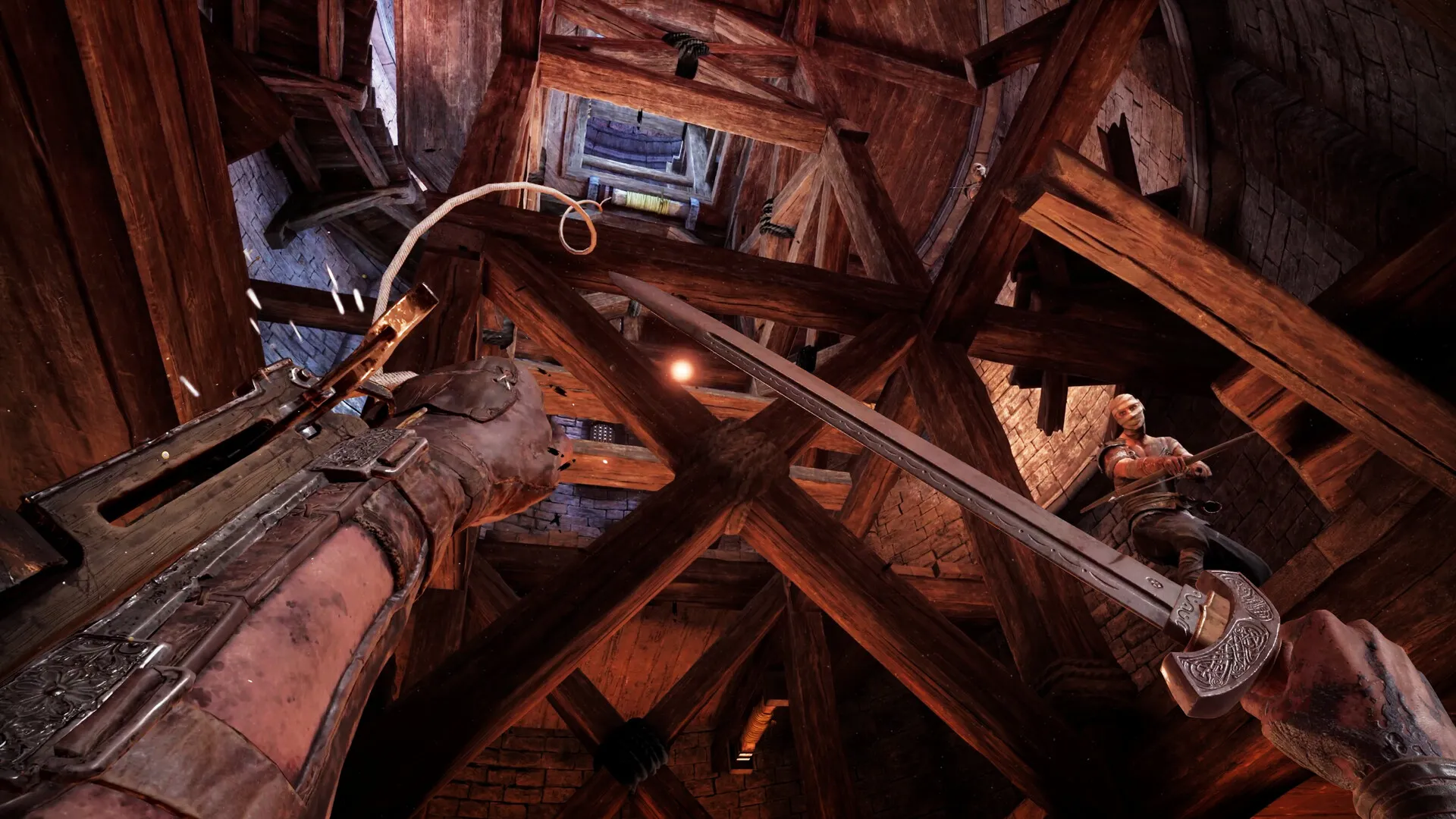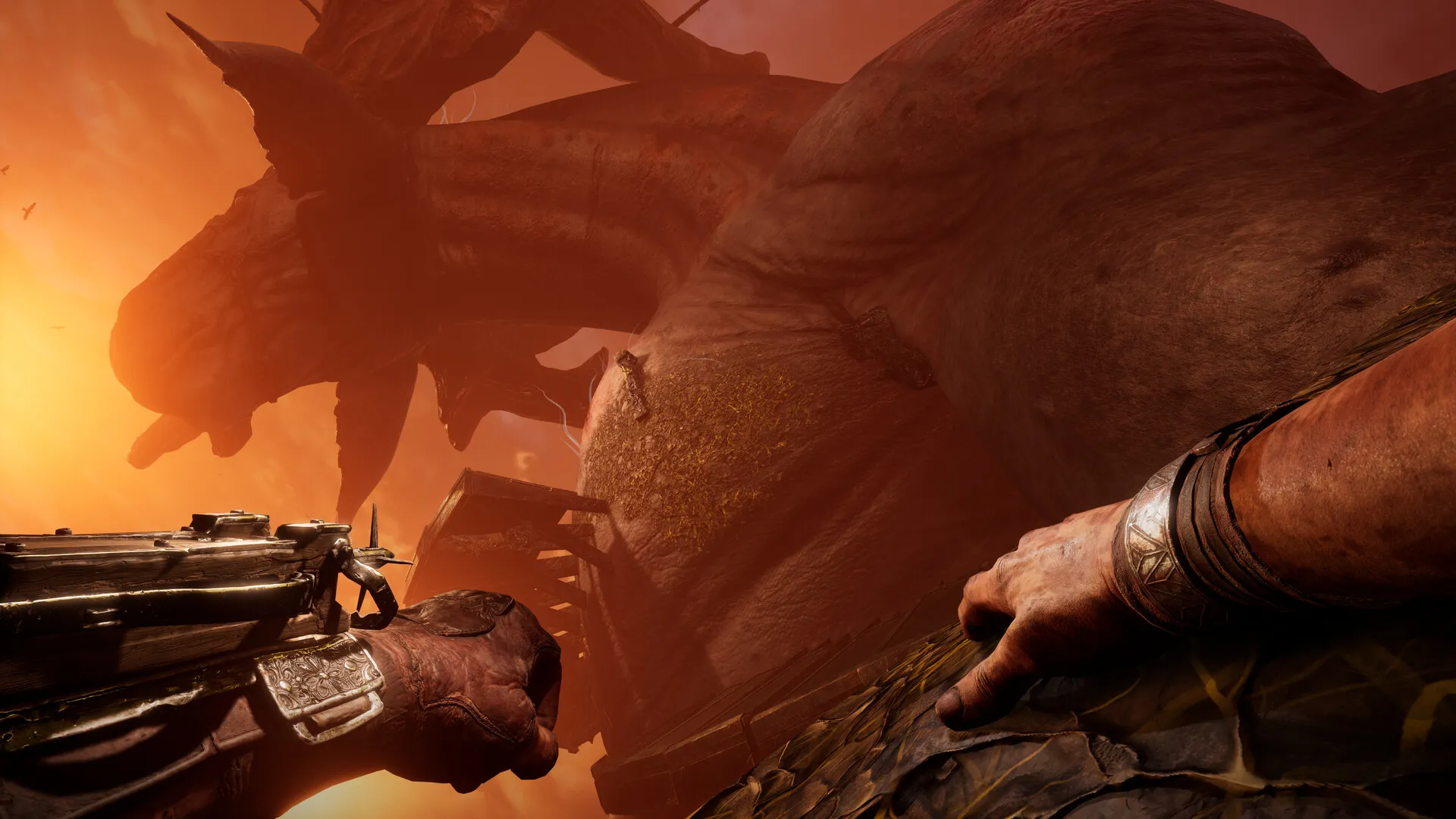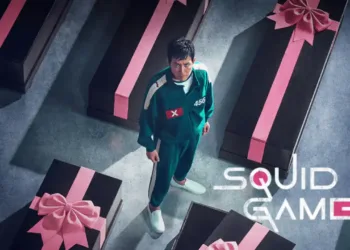Players in “Skydance’s Behemoth” move smoothly through a beautifully created world instead of using teleportation mechanics. This method enhances the sense of presence often sought in VR titles and fully immerses players in the experience. The absence of teleportation forces players to interact directly with the environment, which can feel disorienting during intense combat sequences.
Thanks to the climbing mechanics, which are a highlight, players can easily scale surfaces. The tactile nature of the climbing system is engaging, but it sometimes breaks down under pressure, especially when fighting a Behemoth. Unlike “Horizon: Call of the Mountain,” which offers a more refined climbing experience, “Behemoth” can make it difficult for players to hold on to rocks, which can detract from the otherwise fluid movement.
The addition of a grappling hook makes exploration more interesting by letting players cross huge gaps and reach higher places that they wouldn’t be able to get to otherwise. This feature is reminiscent of the traversal systems in titles like “Tomb Raider,” where quick thinking and resourceful tool use are crucial to navigating challenging environments. The grappling hook in “Behemoth” helps with exploration and improves combat strategies by allowing quick positioning changes during fights.
Puzzles often require players to use climbing and grappling mechanics to find secrets and collectibles. Platforming elements are seamlessly mixed into the gameplay. The design fosters a sense of discovery, which invites players to experiment with their surroundings. The platforming can be fun but lacks the creative challenges found in games like Celeste, where timing and precision are paramount. Because of this, while traversal in Behemoth is satisfying, it doesn’t always succeed in delivering the same level of challenge and creativity.
Dynamic Engagement: Unleashing Combat Mechanics
The melee combat in “Skydance’s Behemoth” is an important part of the gameplay. Players can choose from various weapons to enhance the visceral experience of fighting rotting enemies. Melee weapons like swords, axes, and daggers are available for players.
Each has its unique mechanics that make swordplay easy. The combat system supports strategic play by emphasizing blocking and dodging more than hacking without thinking. This design is reminiscent of titles like “Dark Souls,” where timing and precision are essential for victory. The guns feel heavy as part of the immersive experience, making every swing or thrust feel powerful.
Wren’s unique rage system is one of the best things about close combat. When this ability is used, it briefly makes Wren stronger, letting her do devastating attacks that can cut enemies in half or throw them into danger. As players must carefully manage their cooldown, this feature adds a satisfying rhythm to combat, reminiscent of the exciting moments in “God of War.” The ability to call back weapons, like the Leviathan Axe in “God of War,” also offers a tactical advantage, letting players keep moving without losing their weapons in the middle of a fight.
Although it is less refined than close combat, ranged combat, which is mainly carried out with a bow, adds another layer to the gameplay. Players have noticed inconsistent aiming with the bow’s mechanics, which is intended to provide a pleasant shooting experience. “Behemoth” presents challenges that can disrupt the flow of combat, unlike the simple archery mechanics found in “Breath of the Wild,” where players can easily gauge distance and trajectory. When precision is paramount during intense battles, the lack of a clear crosshair for regular bows can lead to frustrating precision.
In the combat flow, enemy AI is also very important. Some enemies have different ways of attacking, but many standard enemies feel repetitive and often just look like gun fodder. Players may find themselves fighting waves of similar enemies that lack distinguishing characteristics, so this design choice can detract from the overall engagement.
Conversely, mini-bosses add more strategic elements and force players to adapt to new mechanics, much like the memorable fights in “Hollow Knight.” Players want more varied enemy designs and behaviors throughout their journey, and the contrast between the standard combat and these difficult encounters highlights the potential for deeper combat systems.
Epic Confrontations: Challenges of the Behemoths
The boss fights in “Skydance’s Behemoth” are some of the most exciting moments in the game, showcasing the enormous scale and design of the game’s namesake, Behemoth. Each fight with one of these huge creatures is a stunning sight as they stand over Wren and test her physical and strategic skills.
Players must frequently use a mix of climbing, dodging, and strategic weapons due to the mechanics of these fights. For example, one memorable fight involves grappling onto a flying Behemoth and aiming for weak spots while navigating the creature’s unpredictable moves. The experience is similar to fighting the giants in “Shadow of the Colossus.”
Bosses have very different ways of fighting, so players have to adapt their strategy accordingly. Some bosses call for exact timing in avoiding or taking advantage of environmental hazards, while some may require a focus on mobility. The complexity of games like Monster Hunter, where knowing each monster’s behavior is crucial for success, is reflected in this diversity of mechanics, which keeps the encounters fresh and engaging.
Players may find the frequency of these epic fights lacking despite the Behemoths’ high caliber. The pacing can feel uneven because there aren’t many big bosses in the game, and long sections of mostly normal enemy battles can break up the flow of gameplay. As players must navigate waves of weaker enemies before reaching the next Behemoth, this contrast can lead to a sense of anticipation that isn’t always realized.
The level of challenge in these boss fights is usually satisfying, providing a good mix of difficulty that encourages mastery without making it feel insurmountable. However, the sparse placement of these climactic moments can leave players wanting more, much like the experience in “The Legend of Zelda: Breath of the Wild,” where the buildup to each boss fight is crucial to player satisfaction. The Behemoth fights are a highlight, but the fact that they only happen a few times detracts from an otherwise great action-adventure experience.
Environmental Challenges: Navigating Puzzles and Secrets
Puzzle mechanics are seamlessly integrated into the gameplay in “Skydance’s Behemoth,” offering a welcome break from the intense combat encounters. Pulling levers, moving boxes, and pressing pressure switches are common themes in the puzzles.
These mechanics may seem simple, but they enhance the immersive game experience. The overall challenge can be lessened by a lack of variety, which can lead to predictability. The puzzles in “Behemoth” are typically simple and quick to solve, unlike the challenging puzzles in titles like “The Legend of Zelda: Breath of the Wild,” which frequently call for original thinking and creative solutions.
Having said that, it’s great that puzzles are mixed in with combat and exploration. Most of the time, players must interact with the environment by climbing and grappling to puzzle places. This design choice not only makes the gameplay more interesting but also pushes players to experiment with their surroundings, making the act of solving puzzles feel more engaging within the context of their journey.
In Behemoth’s environments, players are encouraged to explore beyond the main goals, which offer a mix of straight paths and hidden places. Each biome, from crumbling castles to dark caves, is expertly crafted, adding to the game’s immersion. Collectibles and materials for upgrades are often hidden in secret places, rewarding players for curiosity.
The gameplay is greatly improved by collectibles, which give you the resources to improve your weapons and level up your character. When compared to the richly diverse worlds found in games like “Horizon: Zero Dawn,” where each area is distinct and full of unique secrets, the repetitive nature of the environments can make the exploration environment less rewarding over time. Exploration is fun in “Behemoth,” but the more linear parts of the game make it feel like the exploration isn’t getting enough attention, leaving players wanting a deeper, more varied experience.
Visuals and Immersion: A Look at Graphics and Performance
Beautiful art and intricately designed environments make “Skydance’s Behemoth” a real treat to watch. With expansive vistas and detailed textures that enhance the sense of immersion, the game’s visuals evoke a dark fantasy atmosphere.
According to many players, some environments are just as beautiful as those in titles like “Horizon: Call of the Mountain.” The Behemoths themselves are beautiful to look at. They tower over the player with a sense of scale that is truly awe-inspiring, creating moments that feel monumental and engaging.
But there are some problems with the graphics experience. Players have said the texture quality is bad, especially in places with few people, where the graphics can feel flat or shaky. Graphical bugs, like textures that won’t load or visual artifacts that appear during intense scenes, detract from the game’s overall quality. As a result of these problems, players may become disinterested in the otherwise fascinating world Skydance has crafted, which can break the immersion.
“Behemoth” also has performance problems. Some players’ frame rates drop during chaotic combat scenes or when many enemies are on the screen simultaneously. In a VR environment, where smooth interactions are crucial for keeping immersion, such performance problems can disrupt the fluidity of gameplay. Players must interact directly with the environment, making any stuttering even more obvious, which is made worse by the lack of teleportation mechanics.
Despite these challenges, the overall graphical presentation does a great job of luring players into its world. When the graphics work as they should, they enhance the gameplay experience, making the rewarding moments of defeating the Behemoths feel even better. Even though “Behemoth” has a solid base, it could use more work to fully realize its potential in VR, as shown by the random performance issues and inconsistent graphics.
Narrative Depth: Characters and Their Journeys
Wren, a hunter cursed by a bad rot that has destroyed his home country, is the main character in “Skydance’s Behemoth’s” narrative. With its mix of personal stakes and epic quests, this premise has the potential to interest players. But the execution isn’t good; it often feels disconnected and lacks meaning. While there are moments of intrigue as Wren sets out on his journey to face the Behemoths, the plot doesn’t hold my attention in the same way that similar titles like “The Last Guardian” do.
Characters don’t change much; supporting parts, like Silja’s voice, just advise without giving the characters much of a backstory or emotional weight. This lack of character development makes it hard for players to connect with Wren or his friends, leading to a narrative experience that feels more like a tool to make gameplay easier than an interesting story in and of itself.
“Behemoth” explores themes of fighting corruption and the fight for forgiveness, but these concepts are carried out using overused tropes that can feel too predictable. The narrative relies too much on archetypal elements, like the cursed hero and the battle against monsters, making the story less powerful. Much like in many action-adventure games, moments of potential surprise are frequently obscured by tired tropes, leaving players with a sense of déjà vu rather than joy.
Thematically sound, but the game’s reliance on tired story tropes detracts from its total narrative power. In a genre full of intricate stories like “God of War,” where character motivations and emotional stakes propel the experience forward, the absence of novel twists or deeper character arcs makes it hard for “Behemoth” to stand out. Ultimately, “Behemoth” offers a good story but lacks the narrative depth and originality that would make it more than just another action-adventure game.
Final Reflection: The Complete Behemoth Encounter
“Skydance’s Behemoth” offers an immersive VR experience distinguished by stunning visuals and combat-engaging mechanics, especially in close-quarters combat. While the scale of the Behemoth battles produces memorable moments, the grappling hook and climbing systems enhance exploration.
A predictable narrative, little character development, and performance issues that can disrupt immersion are all problems with the game. “Behemoth” stands out in the VR world because of its ambition but falls short in delivering a well-rounded story.
Potential players who want an exciting combat and exploration experience might enjoy the exploration, but those who want a rich narrative might want to explore other options.
The Review
Skydance's BEHEMOTH
The amazing visuals and exciting combat mechanics of "Skydance's Behemoth," especially in close-quarters combat, captivate the player. However, there are times when the acting is poor and the narrative is predictable, which detracts from the experience. The lack of depth in character arcs and story leaves much to be wanted, even though it offers memorable moments and engaging exploration. It gives for players looking for action-packed VR gameplay, but those looking for a deep narrative might find it lacking.
PROS
- Stunning visuals and detailed environments
- Engaging melee combat mechanics
- Memorable Behemoth battles
CONS
- Predictable narrative and minimal character development
- Occasional performance issues and graphical glitches
- Sparse boss encounters disrupt pacing




















